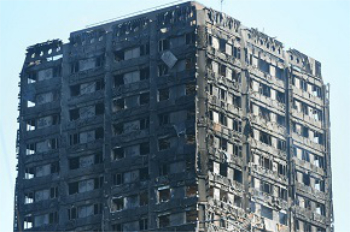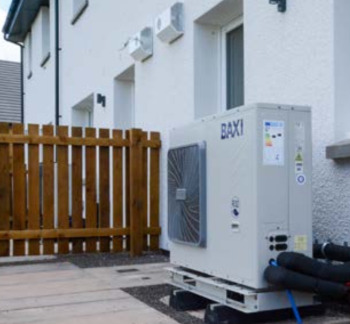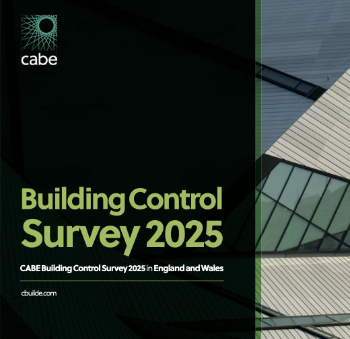Device to Root Out Evil
‘Device to Root Out Evil’ is an upside-down, New England-style church built with its steeple in the ground.
It was created as a sculpture by American artist Dennis Oppenheim. Initially called ‘Church’, it was proposed to New York City’s Public Art Fund, to be located in Church Street, where the artist lived. However, it was considered too controversial and so the name was changed and the sculpture fabricated and installed as part of the 1997 Venice Biennale.
Stanford University approved the purchase of the piece in 2003, but the decision was subsequently vetoed by Stanford’s president who judged it; “inappropriate for campus.” It was later installed in a public park in Vancouver, Canada as part of the Vancouver Sculpture Biennale in 2005, but again was dogged by controversy and was subsequently relocated to the Glenbow Museum in Calgary where it was on display until 2014. It is now in the Plaza de la Puerta de Santa Catalina in Palma, Mallorca.
The 7.5m tall sculpture is fabricated from galvanized steel, perforated metal and Venetian glass.
Oppenheim said of the work; “It's a very simple gesture that's made here, simply turning something upside-down. One is always looking for a basic gesture in sculpture, economy of gesture: it is the simplest, most direct means to a work. Turning something upside-down elicits a reversal of content and pointing a steeple into the ground directs it to hell as opposed to heaven.”
[edit] Related articles on Designing Buildings Wiki
Featured articles and news
Grenfell Tower Principal Contractor Award notice
Tower repair and maintenance contractor announced as demolition contractor.
Passivhaus social homes benefit from heat pump service
Sixteen new homes designed and built to achieve Passivhaus constructed in Dumfries & Galloway.
CABE Publishes Results of 2025 Building Control Survey
Concern over lack of understanding of how roles have changed since the introduction of the BSA 2022.
British Architectural Sculpture 1851-1951
A rich heritage of decorative and figurative sculpture. Book review.
A programme to tackle the lack of diversity.
Independent Building Control review panel
Five members of the newly established, Grenfell Tower Inquiry recommended, panel appointed.
Welsh Recharging Electrical Skills Charter progresses
ECA progressing on the ‘asks’ of the Recharging Electrical Skills Charter at the Senedd in Wales.
A brief history from 1890s to 2020s.
CIOB and CORBON combine forces
To elevate professional standards in Nigeria’s construction industry.
Amendment to the GB Energy Bill welcomed by ECA
Move prevents nationally-owned energy company from investing in solar panels produced by modern slavery.
Gregor Harvie argues that AI is state-sanctioned theft of IP.
Heat pumps, vehicle chargers and heating appliances must be sold with smart functionality.
Experimental AI housing target help for councils
Experimental AI could help councils meet housing targets by digitising records.
New-style degrees set for reformed ARB accreditation
Following the ARB Tomorrow's Architects competency outcomes for Architects.
BSRIA Occupant Wellbeing survey BOW
Occupant satisfaction and wellbeing tool inc. physical environment, indoor facilities, functionality and accessibility.
Preserving, waterproofing and decorating buildings.























